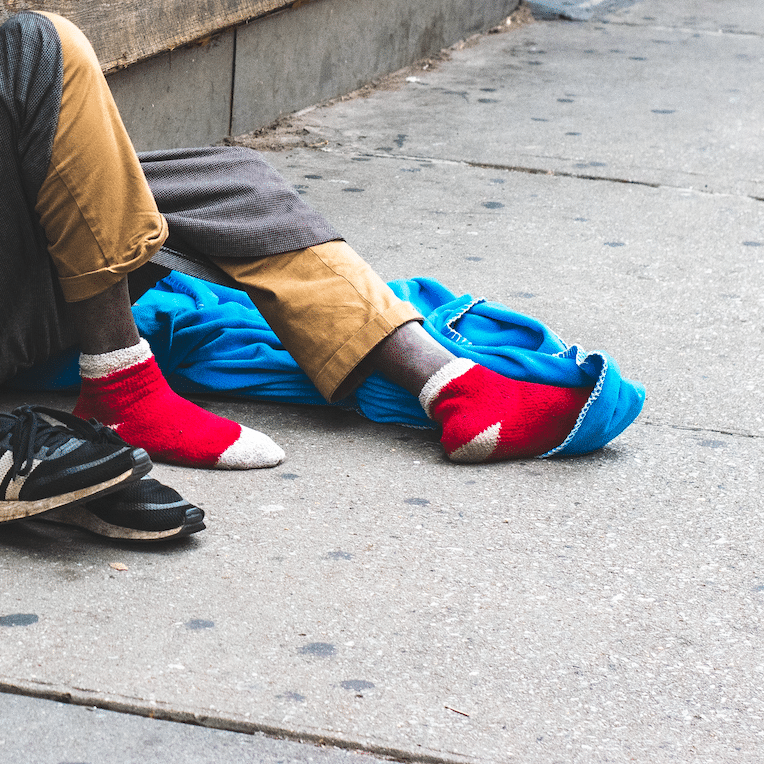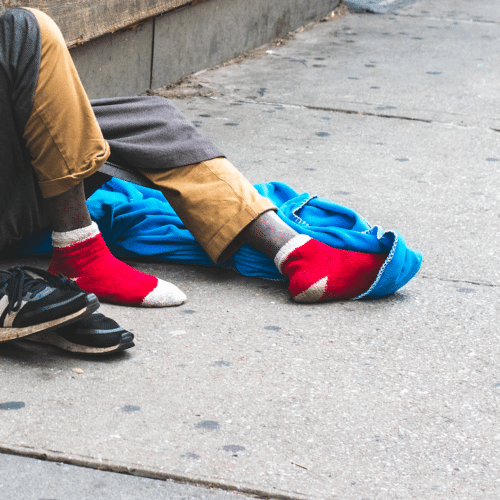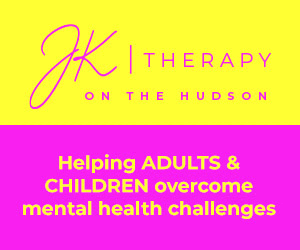While Hoboken’s year-to-date crime report shows our crime rate has gone down 29.4 percent at only 8.6 crimes per 1,000 Mile Square residents since 2018, homelessness still continues to be a problem in Hudson County. According to the Hudson County 2019 Point-in-Time Count of the Homeless, as put on by Monarch Housing Associates, New Jersey’s homelessness population has increased since it was last counted in 2018.
The Point-in-Time Count calls for volunteer canvassers to survey the number of homeless people in a city in a single night. {This year, 35 volunteers took to the streets for the count.} For this reason, the Point-in-Time Count does not account for homelessness in a given area over a certain period of time; it merely strives to show a picture of homelessness on one given night.
This year, the survey was conducted on January 22nd and the results show an uptick. Keep reading to learn how and why homelessness has risen in Hudson County since 2018.

Image via Pexels
The Stats
In alphabetical order, here are the number of homeless people the report counted in each of Hudson County’s municipalities:
Bayonne: 15
Weehawken: 4
Hoboken: 126
Jersey City: 421
Kearny: 78
North Bergen: 5
Secaucus: 5
Union City: 172
West New York: 8
In addition to counting homeless people within each of the Hudson County municipalities, the Point-in-Time Count also seeks to break down disparities and factors that affect the homeless population. Some of these include age, gender, veteran status, and racial disparities.
Comparing the January 22nd, 2019 numbers with the homelessness numbers recorded back in 2018, homelessness is Hudson County has increased. This year, 890 homeless people were counted. Last year, 860 were counted. The report also found that racial disparities had exacerbated since 2018 as well.
See More: Hoboken 4th Grader Raises Over $1,000 for The Hoboken Shelter
“Disparities in who experiences homelessness highlight the impact of a pervasive structural force: systemic racism,” according to the report. “Understanding and acknowledging the impact of systemic racism on those experiencing homelessness is key to developing an effective system responsive to the community and strengthened in cultural understanding and awareness.”
Homelessness + Social Factors
According to the report, 46.7 percent of all homeless people in Hudson County are either black or African-American. This represents a marginal increase, as at this same time last year, black and African-American people made up 46.2 percent of the homeless population county-wide. For a full picture of Hudson County’s racial demographics, black and African-American people make up 11.6 percent of the population.
Here’s a county-wide breakdown of the homeless population by race and ethnicity:
Black/African-American: 46.7 percent
Hispanic/Latino: 31.8 percent
White: 20.4 percent
Asian: 1.3 percent
Native American: 0.3 percent
The report concludes evidence of “systemic racism” since the percentage of homeless people who are black or African-American is so much bigger than the black and African-American population in Hudson County.
That’s not all — the disparities get even more disheartening. The report claims that homeless people who are black or African-American also experience higher rates of physical and mental disabilities as well as chronic health conditions — these could include mental health issues, substance abuse, and HIV and AIDS — than other homeless people of other races and ethnicities.
See More: Meet Jaclyn Cherubini, the Executive Director of the Hoboken Shelter
The Point-in-Time Count report also found that homeless people of black or African-American descent are “more likely to be homeless for three years or longer.”
Other factors that frequently contributed to homelessness across Hudson County included developmental disabilities, mental health problems, and substance use. Age was also a significant factor with 751 homeless people over the age of 24.
Additionally, 60.3 percent of homeless people surveyed said this was their first bout of homelessness. And the most common factor that contributed to homelessness? A lost job or reduced job income.
The Point-in-Time Count
Again, the Point-in-Time Count does just that — looks at the number of homeless people at a single point in time and seeks to compare it to the last year’s number at a single point in time.
“It’s widely accepted that because the Point-in-Time count represents a single night in January, the PIT will undercount the overall homeless population,” says the report. “This data should not be viewed as a comprehensive measurement of all families and individuals who experience homelessness throughout the year, but rather as a minimum number of persons who experience homelessness on a given night.”
Got a news tip? Let us know — email us at hello@hobokengirl.com!










